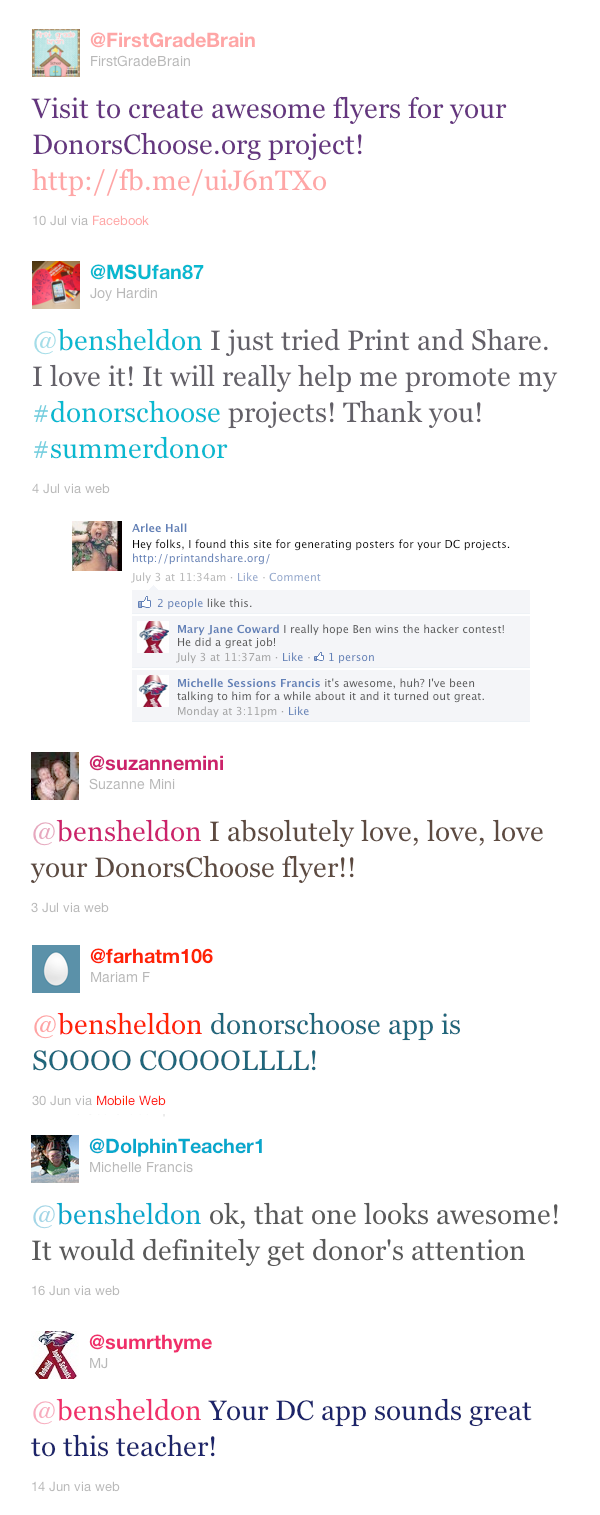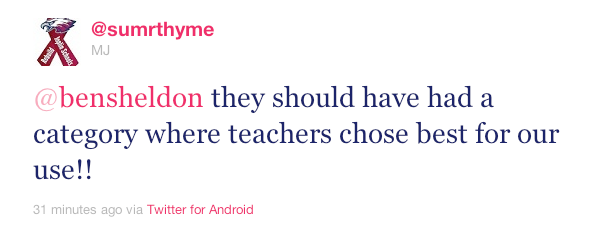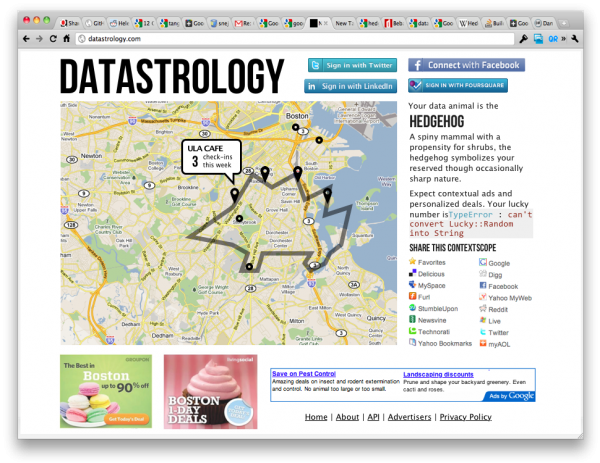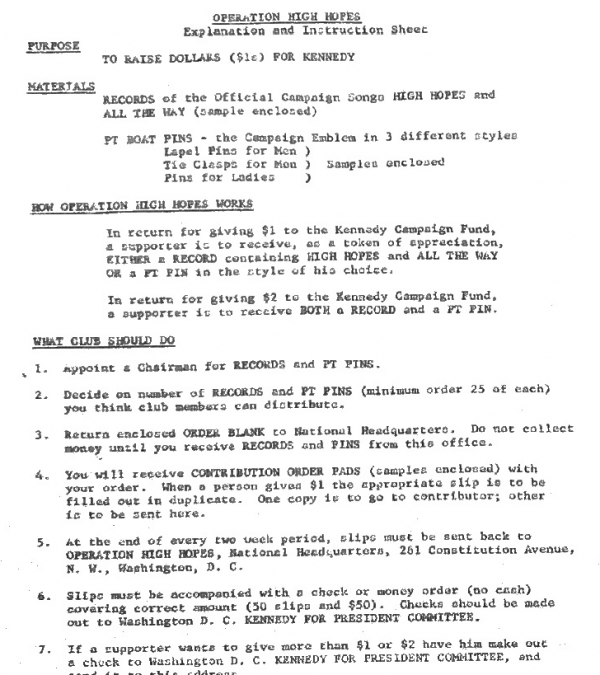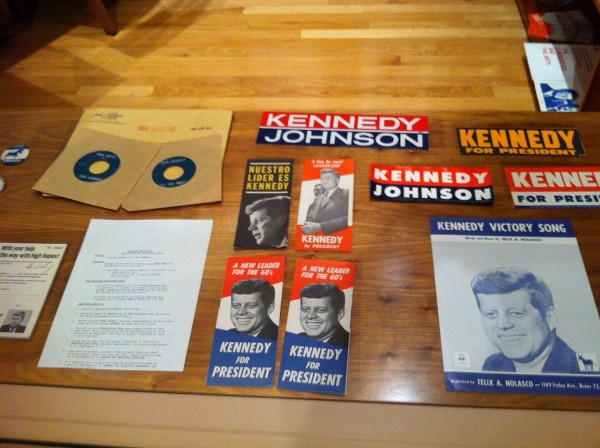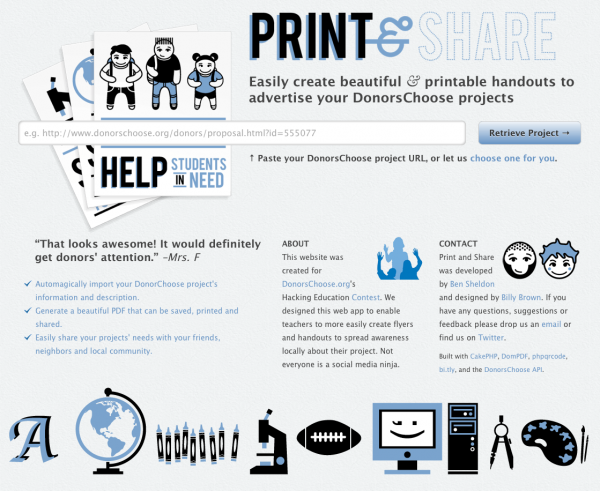Similar message, wider audience
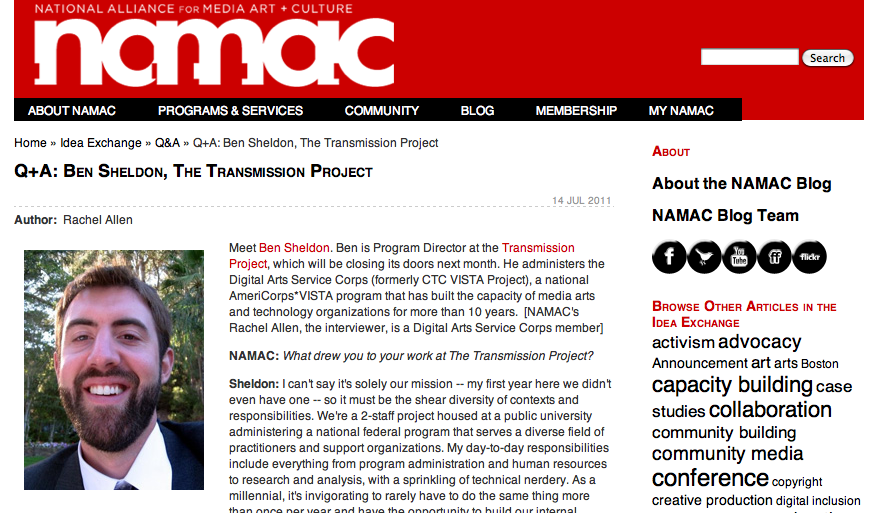
I was interviewed for NAMAC’s (National Alliance for Media Arts and Culture) Idea Exchange and the interview is now up on their website. The interview went great and I’m really appreciative of the opportunity to share our work at the Transmission Project with a wider audience. An excerpt:
NAMAC:_ August 2011 marks the end of The Transmission Project’s main initiative, The Digital Arts Service Corps. What do you think The Digital Arts Service Corps’s legacy will be?_
Sheldon: There are countless transformative projects and organizations that we’ve supported over the years, but I think the most enduring aspect of the Digital Arts Service Corps comes from maintaining a leadership pipeline into media arts and technology. For example, every conference I go to has at least one presenter who is an alumni of the Corps. And not just the number of people we’ve been able to bring into the field, but the diversity of individuals who might not otherwise have seen a role for themselves in the field. Many of our most successful members could never edit a video or build a web page, but they brought new perspectives and leadership qualities to organizations who could not have otherwise taken the risk to hire them. Unfortunately though, it’s this aspect of building a leadership pipeline that I see missing from other national service proposals – and yet I think the results of such a pipeline will have the most long-lasting benefits.
NAMAC: What’s next for The Transmission Project?
Sheldon: To be honest we’re still figuring that out. The past 18 months have taken all our energy to ensure that Corps members in the field were little impacted by the funding and oversight environment we’ve had at home: the non-renewal of our funding, a national fundraising tour, a federal audit (which was copacetic, BTW), and now our impending closure. Not to mention trying to get in front of the emerging foundation and governmental recommendations to create a corps just like ours…it’s been distracting, to say the least. We’re using our last month on the payroll to archive as much knowledge as possible to make sure we can play an active role should those foundation and governmental recommendations turn into action.
NAMAC: Do you have any advice for someone who wants to start a service corps to build capacity in the public media and technology field?
Sheldon: I’ve already touched on building a leadership pipeline – which means structuring roles and workplans to allow for leadership just as much as recruiting broadly in age, background, education and experience. In regards to outcomes, I’m really troubled by prescriptive “nonprofits need…” or “nonprofits suck at…” narratives that equate technical assistance with true capacity building. As if a dusting of “best practices” by volunteer trainers is all that stands between an organization and the realization of its mission. The Transmission Project takes a very active role in the RFP process: drawing upon our experience to help organizational applicants better define their projects and workplans over multiple feedback rounds – sometimes to the surprise of applicants not used to being Socratically engaged by a potential funder. We call the methodology “Honest Practice” and it means looking at project stakeholders, organizational structure, community context and the potential for overall success. One of the most interesting questions in the final evaluation we send to our grantees is “What was accomplished that wasn’t part of the original proposal?”. Because we’re granting something infinitely more valuable than money – a person – there is a wonderful opportunity to create unexpected, positive outcomes that just aren’t possible in a one-size-fits-all approach.
